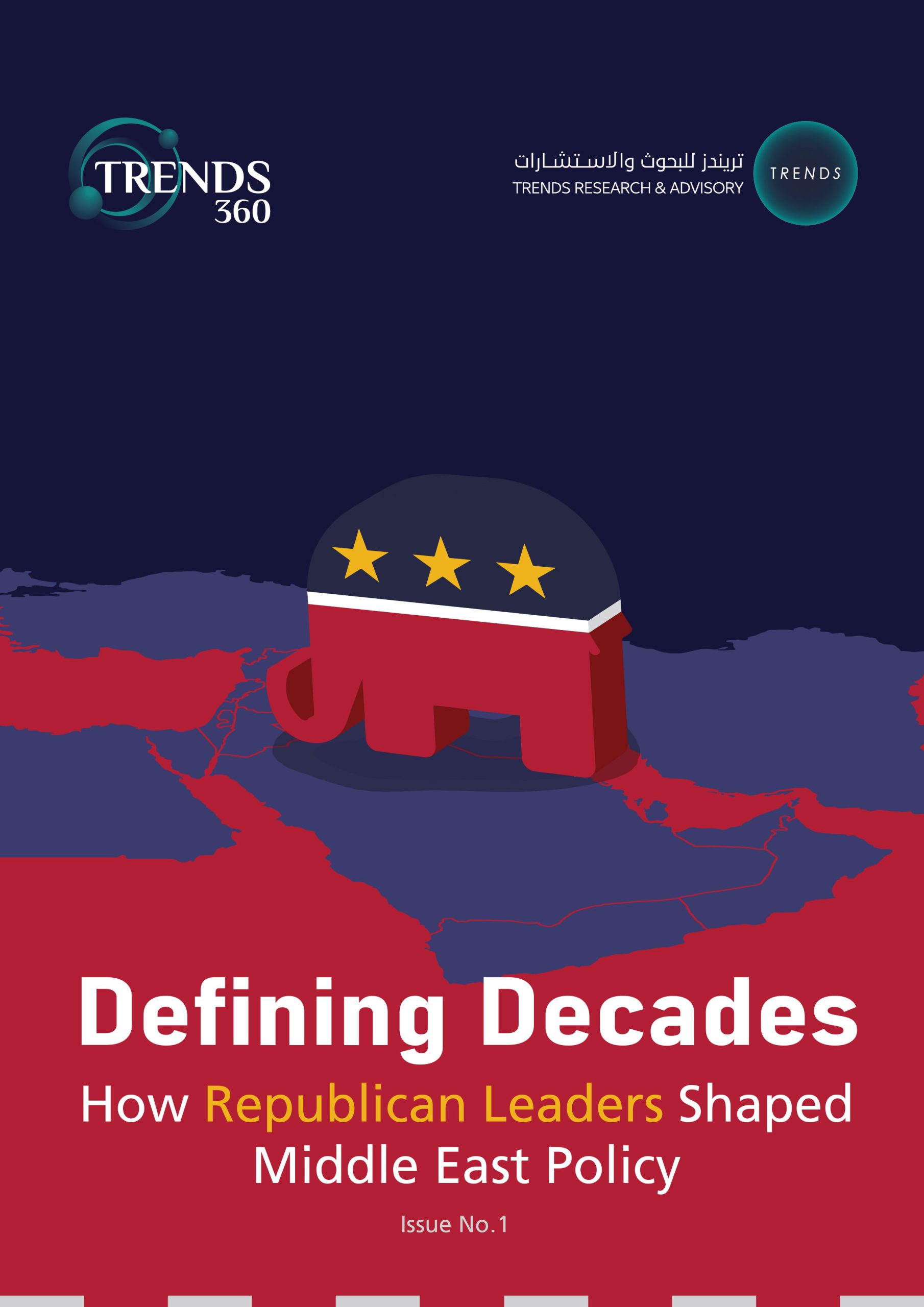The inauguration of the second Trump administration brings heightened speculation about the future of U.S. foreign policy in the Middle East. Traditionally, history has served as a reliable guide to decipher the priorities and strategies of incoming presidents, particularly when examining patterns from their party predecessors. Republican administrations have often shared a common approach to the region, prioritizing stability, strategic alliances, and countering adversarial influences. But does this historical lens apply to Donald Trump?
With his business background, transactional mindset, and “America First” ethos, Trump challenges the conventions of traditional diplomacy. The Middle East in 2025 is markedly different from the region he left in 2020. Iran and its proxies have experienced significant setbacks, a new interim government has emerged in Syria following the fall of Bashar al-Assad, and the regional balance of power is being reshaped by the growing influence of Israel and Turkey. These shifts raise a critical question: Can the legacy of past Republican presidents provide a framework for anticipating Trump’s priorities in the Middle East, or does his distinctive approach defy historical patterns? This newsletter delves into whether historical insights can help decode Trump’s foreign policy or if his unorthodox style renders such comparisons irrelevant.



